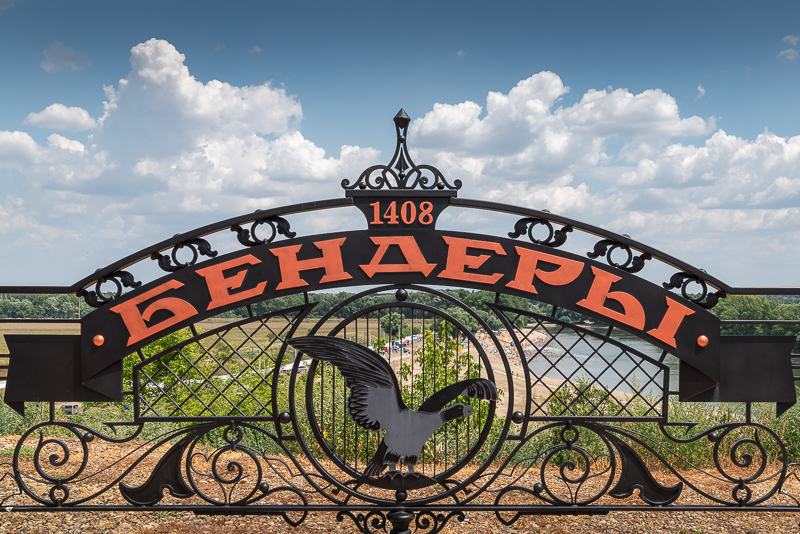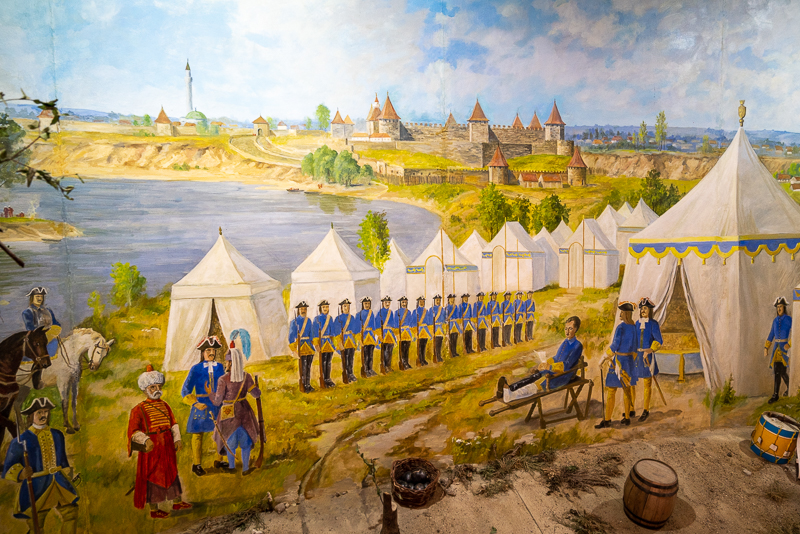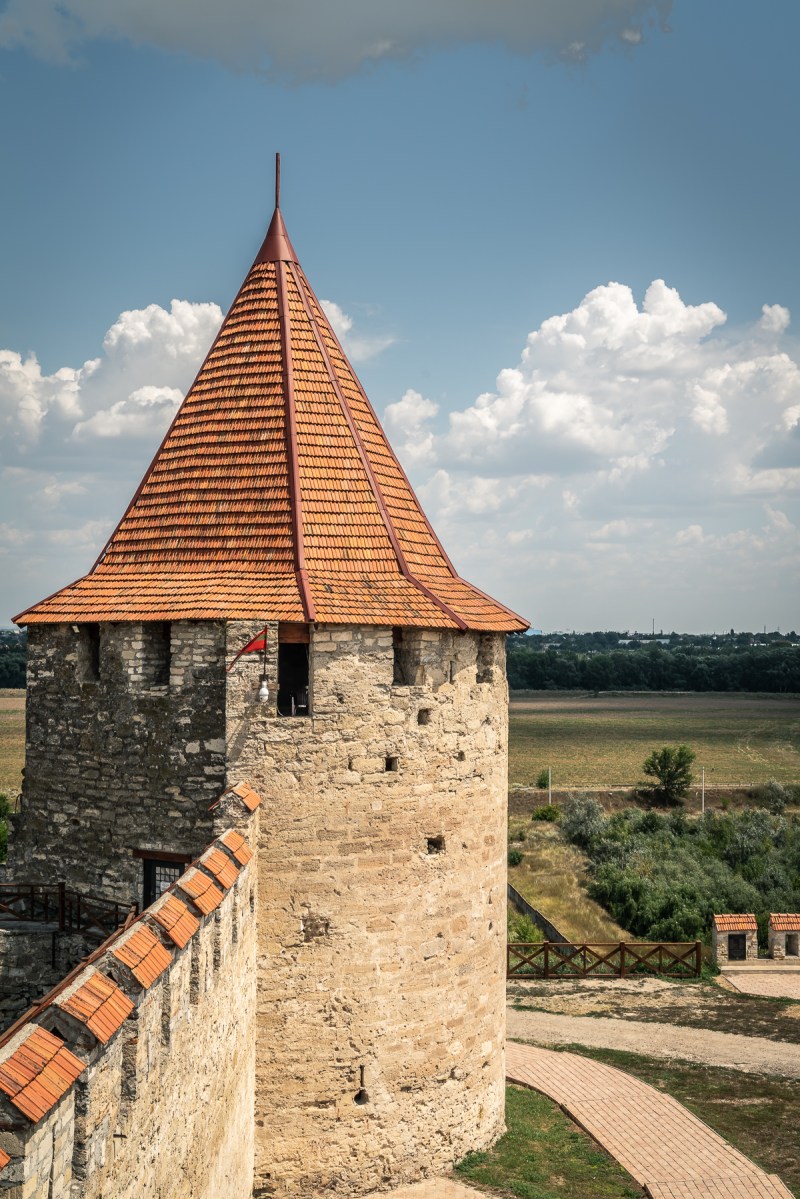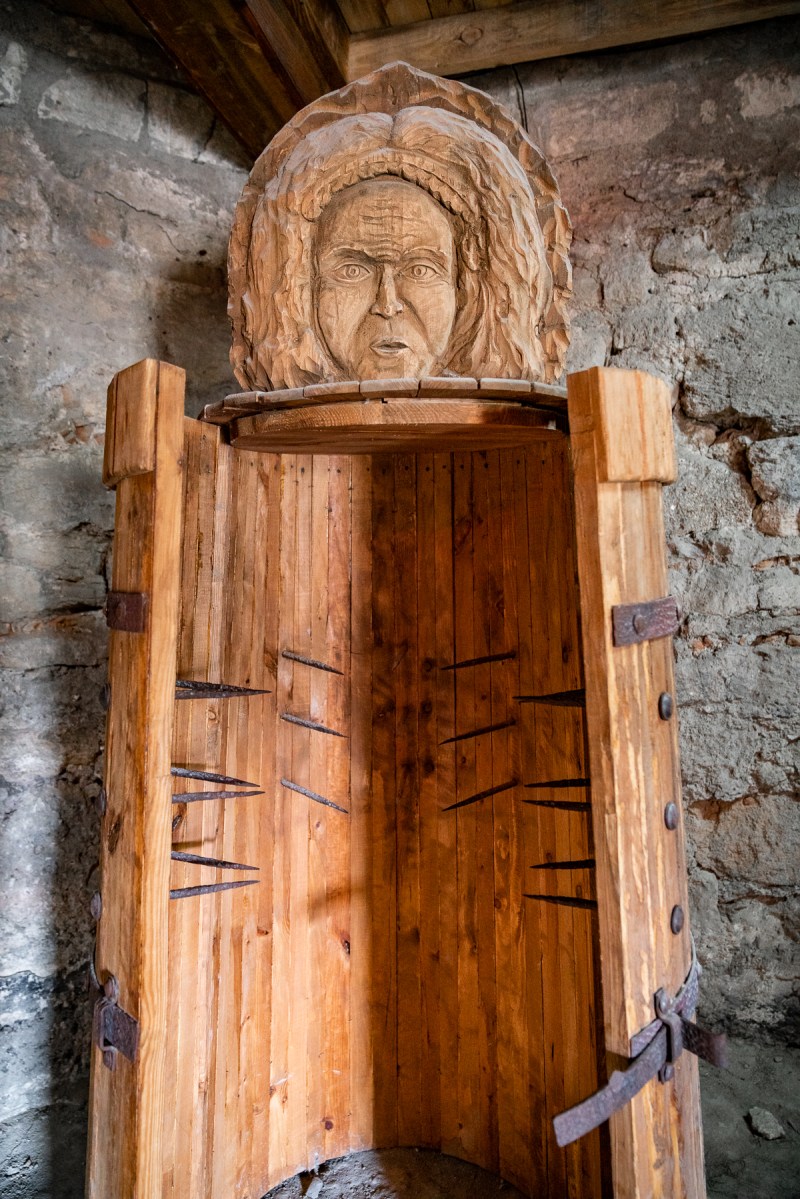This week, let’s explore the renovated Ottoman fortress at Bender, in Transnistria.

First of all, we need some history.
During his reign (1457-1504), Stephen the Great built a small wooden fort in the town of Tighina to protect the place against Tatar attacks. But in 1538, the Ottoman sultan, Suleiman the Magnificent, conquered the town, renamed it Bender and converted the wooden structure into a full fortress. The town is now ormally known as Bender, but sometimes as Bendery (as above) and sometimes as Tighina.

The fortress has suffered many attacks since then, by the likes of: Prince John the Terrible; Michael the Brave; the Zaporozhian Cossacks; the Turks; and the Russians during the Russo-Turkish Wars. The city and its country have changed hands so many times it is hard to keep track (without the help of Wikipedia).
In quick summary, there were many tussles between Ottomans, Romania, Russia and then the Soviet Union, with many associated changes of ownership.
Most recently, in 1991, as the Soviet Union fell apart, the Moldavian SSR declared independence and took the name Moldova. This was followed by fighting within the country, effectively between the Romanian and Slavic peoples, with the larger part of Moldova battling with a small sliver wedged on the western side of the Dniestr river, between Moldova and Ukraine. It was a violent battle with many deaths and it finally ended with the establishment of the Transnistria autonomous territorial unit with special legal status. Bender, despite being on the eastern side of the river is a part of Transnistria.
Now back to the fortress for our walk.

The immaculate outer appearance of the fortress has an almost Disneyesque feel to it. Tickets are on sale at the entrance, and you need to be aware that if you have arrived with a guide from Moldova, they cannot guide you around the fortress: you can wander on your own, or acquire a Transnistrian guide.
Once inside, head to the far end of the inner yard, where you’ll spot a fairytale chariot to keep the Disney mood going.

Next to this is a small museum covering the history of the fortress (though English language won’t help you here – you need good Russian to read the signs) plus easier to understand pictures of how the fortress probably looked in the past.

In strong contrast to the fancy chariot outside, there’s a door leading down to the torture room. There’s no need to read the labels to work out what happened here.
From this end of the complex, you can climb up onto the fortress walls and walk around admiring the views down the river and across to the rest of Transnistria. You can make out the railway and road bridges heading to the capital, Tiraspol.


Once back at the entrance end, you can climb the tower for a better view still.

Views and history consumed, we will now wander back out to the car park, with a quick detour to the left for a closer view down to the river. On a warm and sunny day the laughter and music coming up from below, will pique your interest.

No cafe nearby, I’m afraid, so I’ll just leave you to rummage in your backpack in the hope of finding some refreshment, while watching the fun down below.

Copyright Debbie Smyth, 5 August 2019
Posted as part of Jo’s Monday Walks








Fascinating . . and I do love the additions to the names . . the brave, the terrible, the great! I think we all should add ones to our names 🙂
LikeLike
It looks an interesting place – if you’re told its history too. And not too much on the tourist trail?
LikeLiked by 1 person
No, not at all. I think my daughter and I were the only Brits on the flight out. And I didn’t meet anyone from Britain or US. I met one French family and quite a few people from nearby countries – Slovenia, Slovakia, Bulgaria, Turkey
LikeLiked by 1 person
Right. It’s going on the list. I’ve decided that Must Do sites are now on my list of Must Not Do, as I can’t bear the crowds. And there are so many places to discover, as your blog amply demonstrates, that are in many ways yet to be discovered.
LikeLike
PS I looking in my backpack and did find something yummy
LikeLiked by 1 person
oh dear! I keep meaning to write a post on key items to pack – I’ll be sure to include some yumminess
LikeLiked by 1 person
A necessity for any backpack
LikeLiked by 1 person
Thank you so much for the wonderful tour.
LikeLiked by 1 person
It all looks so peaceful, for war-mongerers, Debs 🙂 🙂 Bags me a peaceful beach scene! Thanks, darlin.
LikeLiked by 1 person
It’s always hard to imagine the tough past. Seeing the places is interesting but I find it needs a good guide or witness to tell the stories, or a good book. For me they bring a place to life.
LikeLiked by 2 people
An intaeresting place, Debbie!
LikeLiked by 1 person
A tough history. It always shocks me to learn more about recent wars
LikeLiked by 1 person
Yes…Serbia etc, the wars in Syria etc etc,,
LikeLike